Photo
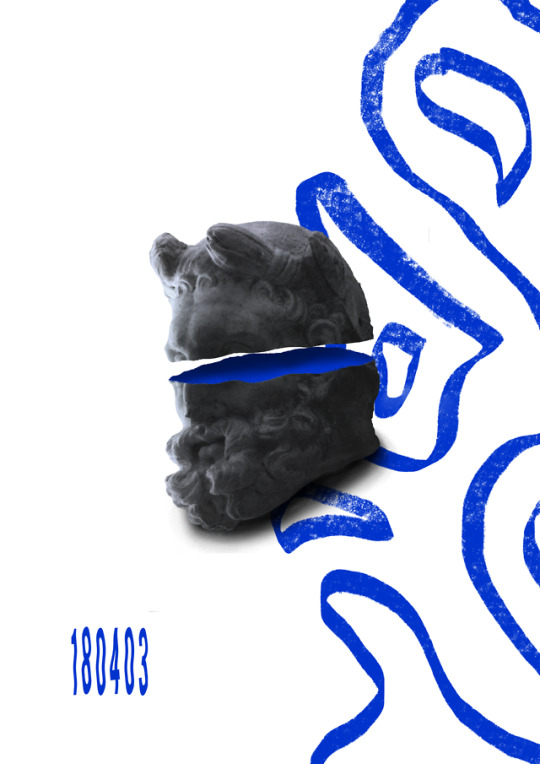
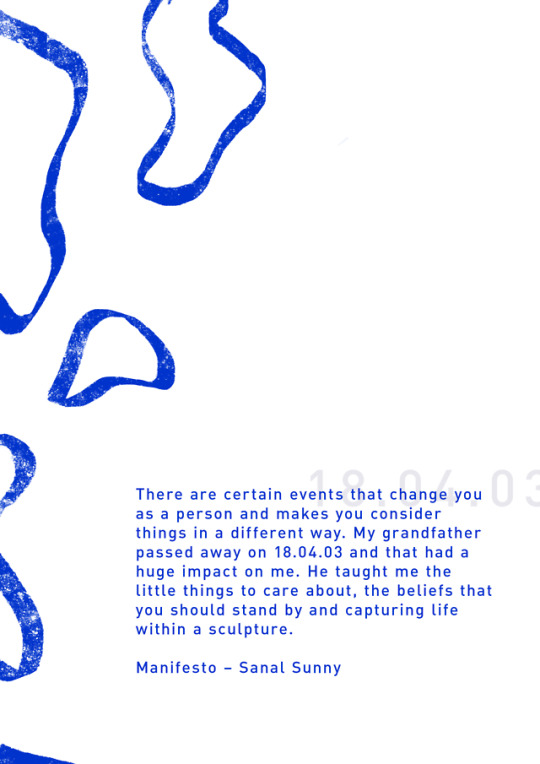

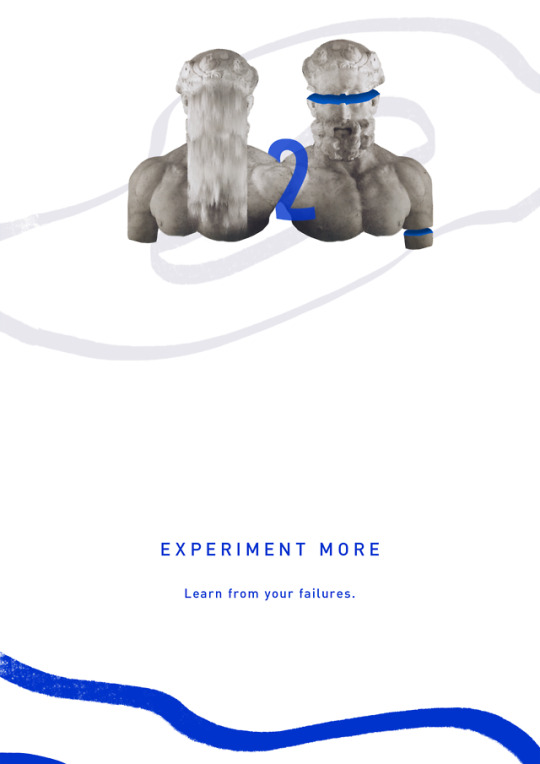
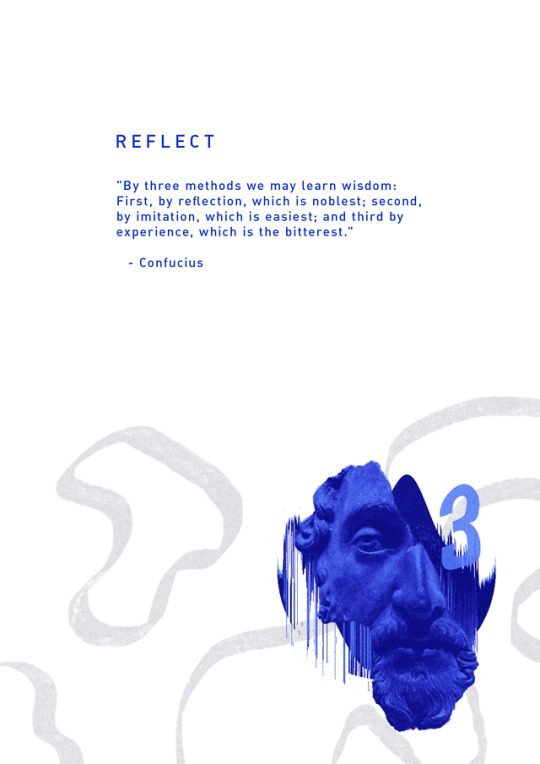

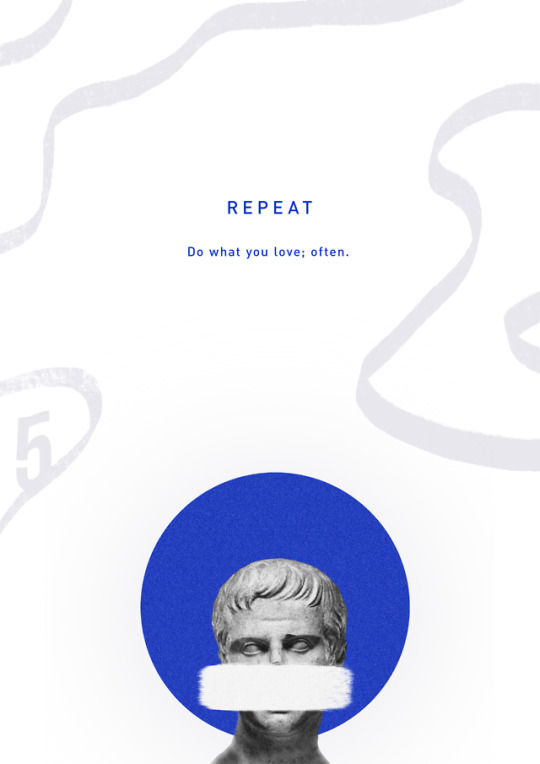
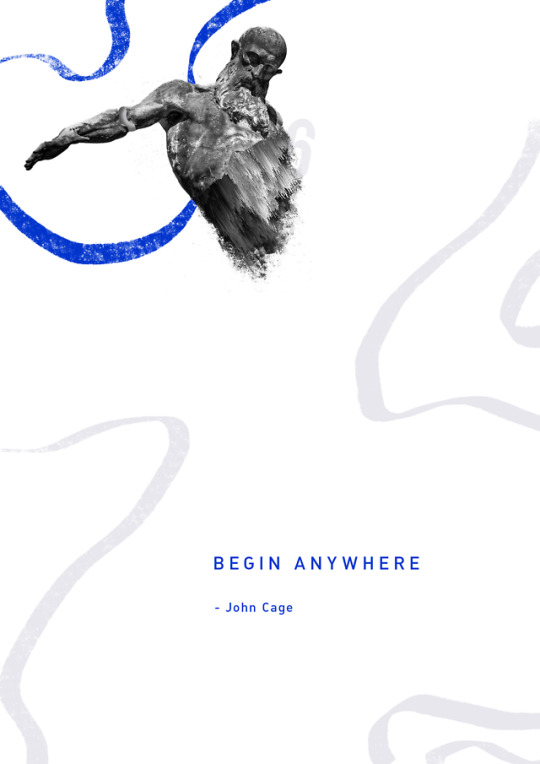

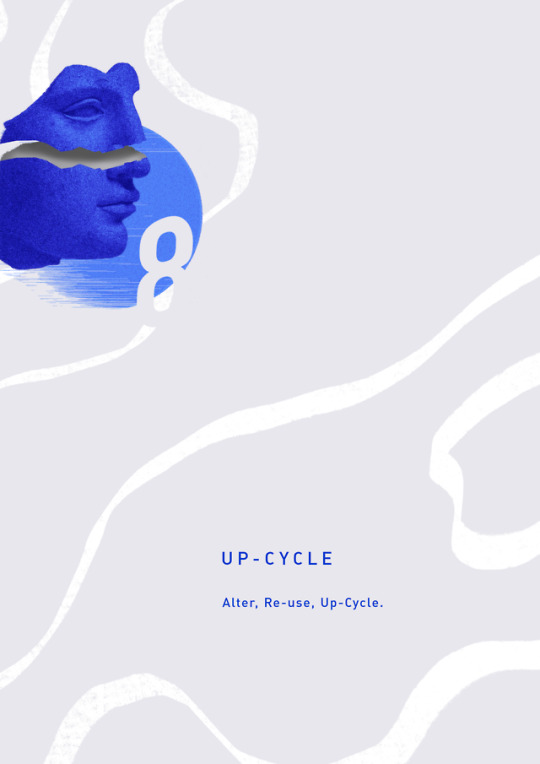
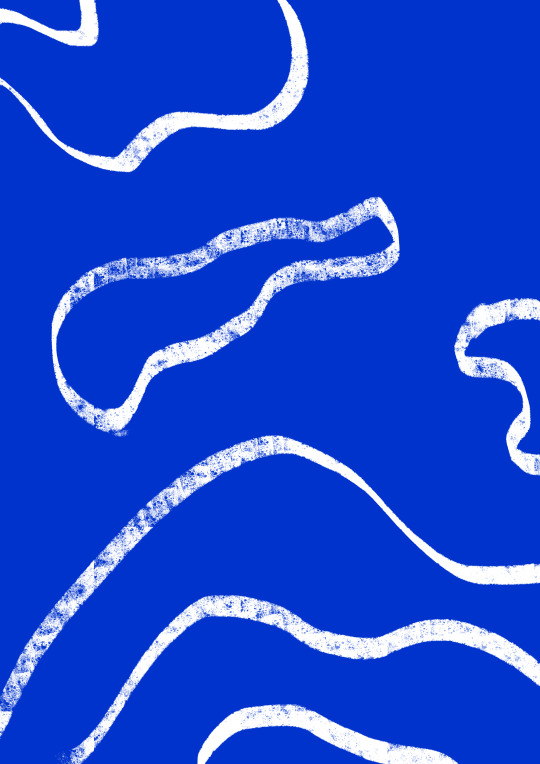

Critical Debates in Design
Manifesto - Sanal Sunny
1 note
·
View note
Photo

SUSTAINABLE DESIGN
Global warming is becoming a major cause of concern. Climate change and pollution are making many cities almost uninhabitable. Tragedies are being fanned by these changes and this reminds us as for why design must change. Designers need to do their part and try to be more sustainable. This change will help everyone in the long run and lead to a healthier planet.
Sustainability can be described as:
“The balanced use of natural, social, and economic capital for the continued health of the planet and future generations” (Sherin A. 2008)
Even though we have yet to find a perfect way to achieve the balance between meeting our needs and that of the planet, we can still find ways to work towards the goal of being sustainable.
What are your opinions on sustainable design?
When creating sustainable designs the process should begin at the start of the design phase. The designer can consider things like:
- Is this the best way to portray the message? - Will it waste resources if the method is print? - Is it impactful enough if it’s done digitally? - Can the solution improve or conserve earth’s resources in any way? - Can we reuse reduce and recycle? - Less use of ink etc.
We can create sustainable designs as designers and actively encourage others to do the same as consumers.
What can you do? Do you consider sustainability when designing? and how?
As designers when we design expenses that make use of costly materials, speciality process, non-recyclable and natural resources used should be reduced to a minimum. If it is a necessity then it must be compensated in another way.
Unnecessary packaging and excessive use of non-recyclable plastic should be avoided and reusable materials should be encouraged.
Cradle to cradle policy should be adopted for designing where all the materials can be disassembled and can be recycled directly.
Designers with enough knowledge about suitability can give the clients different options where they can choose and make an environmentally friendly choice.
Some of the options can be: - The use of biodegradable materials. - Use of locally produced and locally made and locally sourced materials which can help reduce emissions and benefit the locality. - The use of low-power types of equipment and products or those that can use renewable energy source like solar, wind energy etc. - Products that have less wastage and no harmful chemicals. - Use of recyclable or upcyclable materials wherever possible.
If each and every one of us tries to do their part of being responsible and think of being sustainable then the goal of creating a healthier planet is not too distant.
Bibliography:
Benson, E.,1975- author (2017). Design to renourish : sustainable graphic design in practice Boca Raton, Florida ; London, England ; New York : CRC Press.
Madrigal, R. and Boush, D.M. (2008). Social responsibility as a unique dimension of brand personality and consumers' willingness to reward. Psychology and Marketing. 25 (6), 538-564. Available from http://dx.doi.org/10.1002/mar.20224 .
Parr, A. and Zaretsky, Michael (Michael L ) (2011). New directions in sustainable design London ; New York: London ; New York : Routledge.
Proctor, R. (2015). The Sustainable Design Book London: London : Laurence King Publishing.
Shedroff, N., author (2009). Design is the problem : the future of design must be sustainable Brooklyn, New York : Rosenfeld Media.
Sherin, A. (2008). SustainAble a handbook of materials and applications for graphic designers and their clients Beverly, Mass.: Beverly, Mass. : Rockport Publishers; Beverly, Mass. : Rockport Publishers.
Swaminathan, V., Stilley, K.M., Ahluwalia, R. (2009). When brand personality matters. Journal of Consumer Research. 35 (6), 985-1002. Available from http://www.econis.eu/PPNSET?PPN=605761965
0 notes
Photo
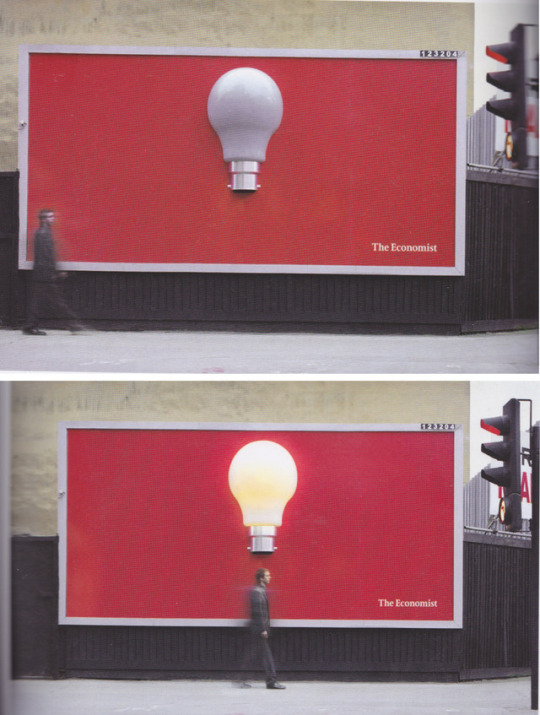
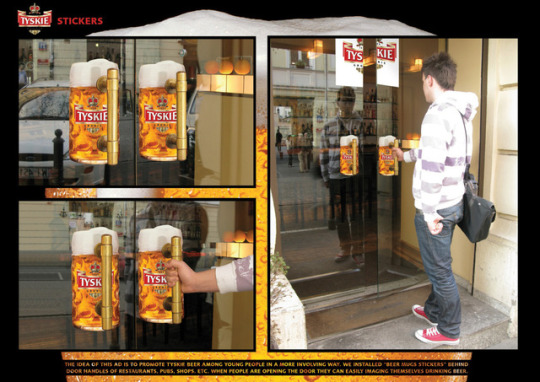
ADVERTISING
What do you consider to be the role of advertising?
The main function of advertising is to promote and often to sell a product, service etc.
It is a very powerful medium which can have demonstrable effects. Compared to the original intention of having an ad which was to display information, in the current age it is more persuasive and aggressive. However, it doesn't apply to all brands. Some brands don’t need to display much information, as the target audiences are familiar with the brand.
Ads now try to rely on emotion and try to connect with the audience as it is a very competitive market and there are tons of ads being produced on a regular basis.
What are your thoughts on the ethics of advertising? What do you consider to be good advertising and bad?
We as consumers consider ads to be ethical or not based on our personal perspectives on moral philosophy. From being untruthful about the product to ‘does the ad waste natural resources?’; we can say that every ad has a different value and it can be considered ethical or not ethical differently by consumers. But who will be the one judging them? Can anyone decide what is ethical and what is not based on his personal beliefs?
Consumer perception may not always be the best guide in determining the ethics of an ad. It can sometimes be a matter of legality too as often advertising practitioners can argue that if something is legal then it must be ethical. This makes regulation difficult as there cannot always be a set of universally accepted rules. According to me, ads that are transparent and are not persuasive and more informative are better than the ones that make false claims and constantly bombard you. Enough research should be done about the product before making claims and promoting them to the consumer.
What are your thoughts on ambient media, guerrilla marketing and viral advertising campaigns?
Ambient media marketing
It is a more 'outdoor form' of advertising that uses unconventional ways to promote the product. It is one of the newest forms and is quite creative. It can be a challenging process as the brand team has to find a way that the message can be put forth and how it can blend well with the environment. It can be very impactful and can connect with the audience on a closer level. Ambient media demographic is usually the younger generation who can relate and appreciate this form of promotion.
Viral ad campaigns
Viral campaigns can be termed as the marketing and promotion carried out using social networks to increase the brand awareness and making it hugely popular. This strategy leads to a chain reaction where one consumer tends to share the ad with another and spread the message. It can be considered successful if it is shared and resent again and again. It usually is hard to gain traction unless the idea is unusual or interesting.
Guerrilla marketing
A marketing strategy that is unusual but original, provoking and creative. It is usually a cost-efficient yet effective method of advertising. It captures the consumer's attention and breaks the prevailing market monotony. It also tends to connect with the target audience in an emotional way and is absorbed easily. This helps to promote the brand as a friend to the consumer who values them highly. But sometimes the strategies that are used by the advertising practitioners can be considered unethical and technically in a legal grey area. This might backfire and lead to a legal conflict. This makes guerrilla marketing riskier than the other traditional methods of advertisement and without proper research, it can negatively affect the brand's image.
Personally, each method has its own merits and demerits but I would prefer the ambient method of advertisement as it can be innovative and contain the brand's message without resorting to aggressive and intrusive methods of promotion.
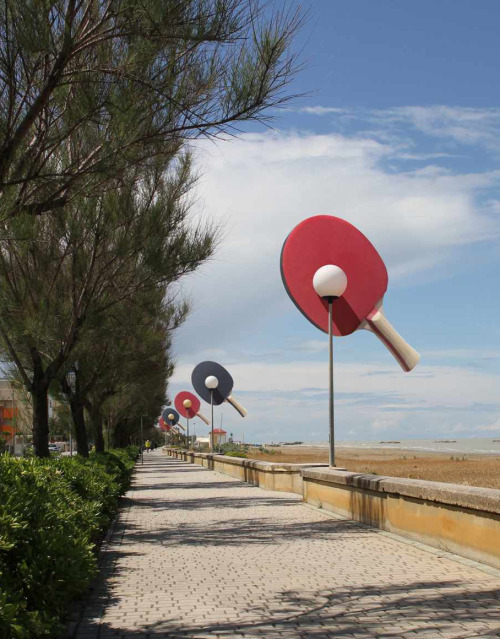

References:
Advertising Transformed; by Fons Van Dyck; 2014
https://www.dawsonera.com/abstract/9780749471491
The SAGE Handbook of Advertising; by Gerard J. Tellis & Tim Ambler; 2007
http://dx.doi.org.ezproxy.westminster.ac.uk/10.4135/9781848607897
The Forms Of Unconventional Advertising – A Theoretical Approach; by Maria Alina; 2010
https://ideas.repec.org/a/aio/manmar/vviiiy2010i2p323-333.html
Advertising; by Iain MacRury; 1998;
https://ebookcentral.proquest.com/lib/westminster/detail.action?docID=182217
Guerrilla Marketing—Innovative or Parasitic Marketing?; by Gerd Nufer; 2013
http://file.scirp.org/pdf/ME_2013081513170366.pdf
0 notes
Photo
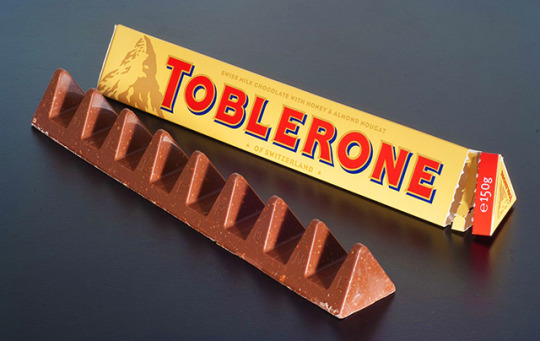
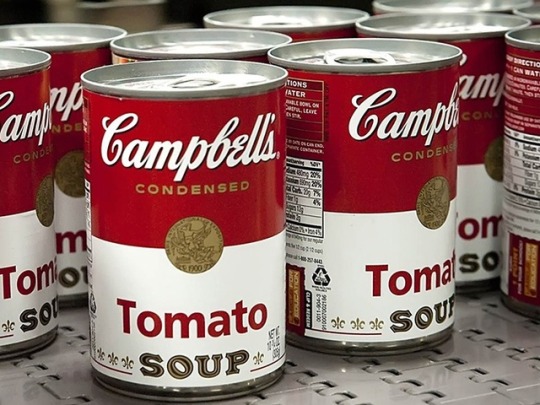
PRODUCT PACKAGING DESIGN
Why is packaging design important?
When a product is designed well, it attracts the consumer's attention. A well-designed product can eliminate competition instantly and help to sell the product easily.
How does it help?
Function - Protect the product from damage and reach the consumer safely.
Attraction - Catch the attention of consumers and make them notice the product.
Information - Inform the consumer on how to use the product correctly.
Knowledge - Display information about the contents of the package and what component is used to manufacture the product.
What role does product packaging play?
When the customer is given a choice of different products to choose from, there are a few factors that the consumer relies on to make a decision.
Factors like brand trust, simplicity, quality and nowadays sustainability, affect how consumers choose a product.
Branding elements like a good logo design, colour choice etc. are important factors in design. Packaging design features that help to differentiate the packaging enhances the brand's image and makes it an obvious choice for consumers to buy.
Sustainable packaging
More and more plastic is being dumped as waste. Using less waste and more recyclable materials can help to reduce the impact these products have on the environment.
The notion of ‘cradle to grave’ has to change and the design model of ‘cradle to cradle’ where recyclable and sustainable materials are used for packaging should be widely adopted.
Some of the key features that packaging designs should widely consider are:
- It is safe and healthy for everyone throughout.
- Does it have a balance between performance and cost
- Does it use renewable energy for its production
- Will it use recyclable materials and maximises its use
- Will it follows the ‘cradle to cradle’ cycle
The use of green packaging and recyclable products will help to reduce the carbon footprint and cause less harm to the environment.
References:
Design Is The Problem, By: Nathan Shedroff, 2009.
http://proquest.safaribooksonline.com/book/innovation/9781457102394
Package Design Workbook: The Art and Science of Successful Packaging, By: Steven Dupuis; John Silva, 2011.
http://proquest.safaribooksonline.com.ezproxy.westminster.ac.uk/book/product-design/9781592537082
https://blog.hubspot.com/marketing/iconic-packaging-designs-stories
https://36creative.com/branding/1704/importance-of-packaging-design-your-branding-doesnt-stop-with-your-logo
http://smallbusiness.chron.com/importance-product-packaging-marketing-648.html
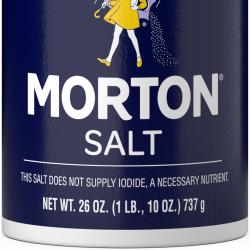

0 notes
Photo
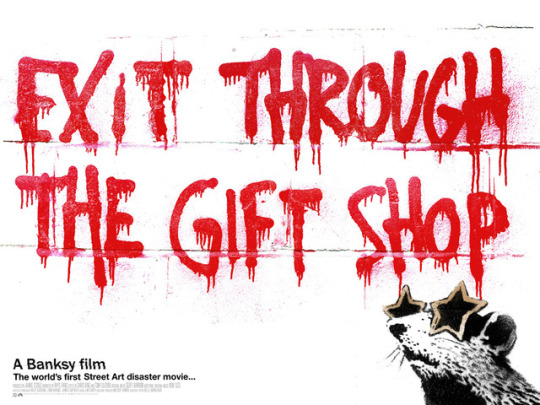
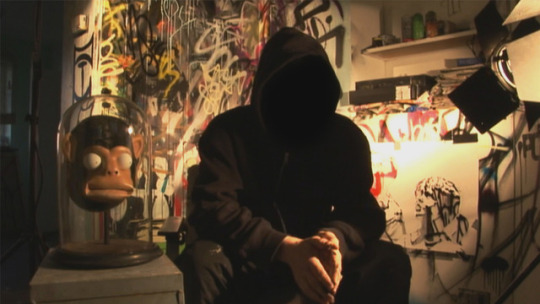
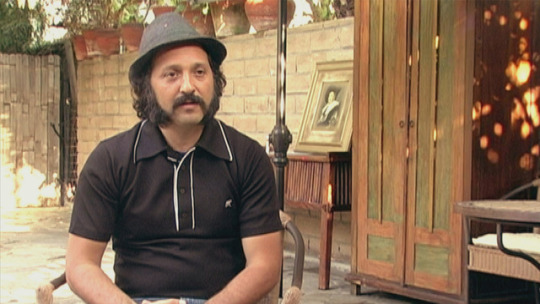
Authorship and ethics
Exit Through the Gift Shop is a documentary film directed by graffiti artist Banksy. The documentary shows the life of Thierry Guetta who is an obsessive filmmaker who constantly films everything and his love for graffiti. Guetta films artists like Invader, Monsieur André, Shepard Fairey and the famous Banksy leading to Guetta's rise to fame being an artist himself.
Is it art or is it design or is it ambient media?
Looking at the film and the work done by the artists the tag varies from artist to artist. For artists like Banksy who creates stencils and every piece of work has a strong message, it is definably art. For artists like Invader who use an Icon to represent a message can be a mix of art and ambient media which makes it innovative and popular. Shephard Fairey, on the other hand, uses stickers and repetition to spread a message. this can be an overlap of design and ambient media placement which makes people react.
Does it matter how you get your ideas out there, so long as they are out there?
Compared to these artists Thierry Guetta or Mr Brainwash who became famous within a week makes us reconsider if art should have the right endorsement or does it have to be great pieces of artwork to be famous.
After watching the film, however, I can say that if we keep producing work consistently and try to put it out there more often then we have a strong chance of making it big. Ambient media advertising can definitely help to get the work noticed more. But if we have the right contacts and network then the percentage of being successful is more prominent. Location and method of promotion are important factors.
Two artists who have strong ethics and a socially responsible approach to their work:
James Victore
Born in 1962, Victore is an American designer, author and artist who is known for his racy and controversial posters. He has won several awards and accolades for his work. He is one of my favourite designers and has a fearless approach towards art. He approaches racism, corporate consumption, system breakdown, social evil etc. in a unique way which is very effective and impactful.
A few of his works include:
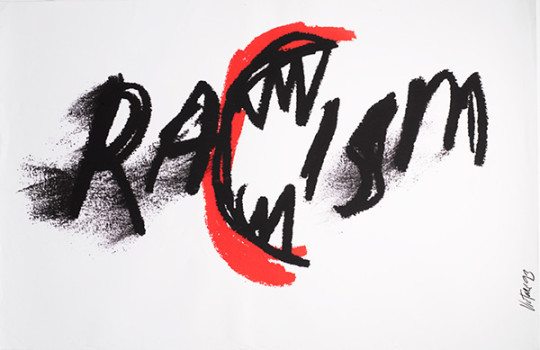

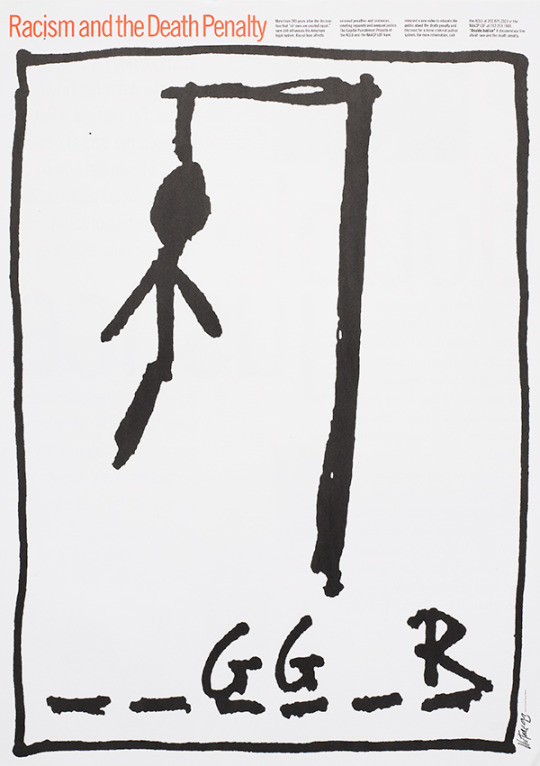
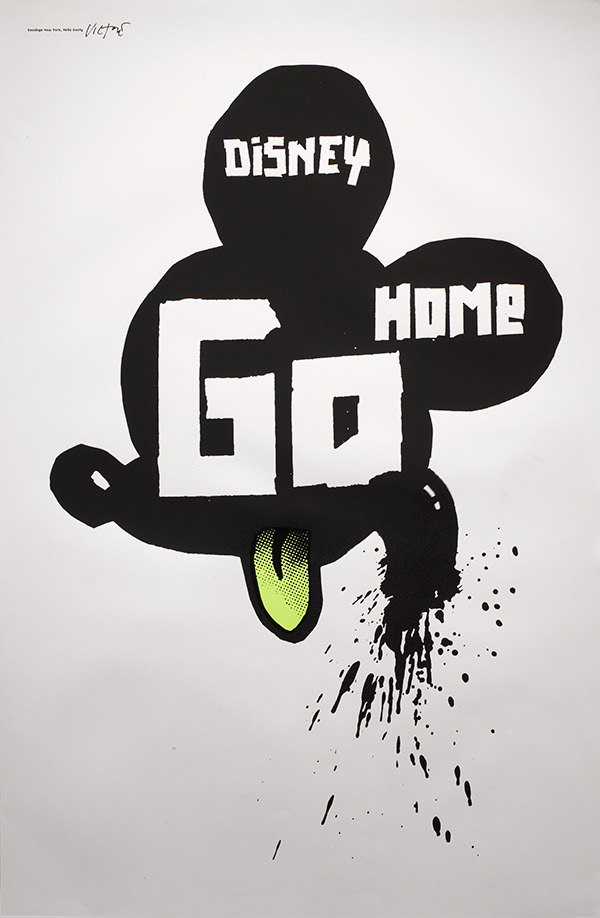
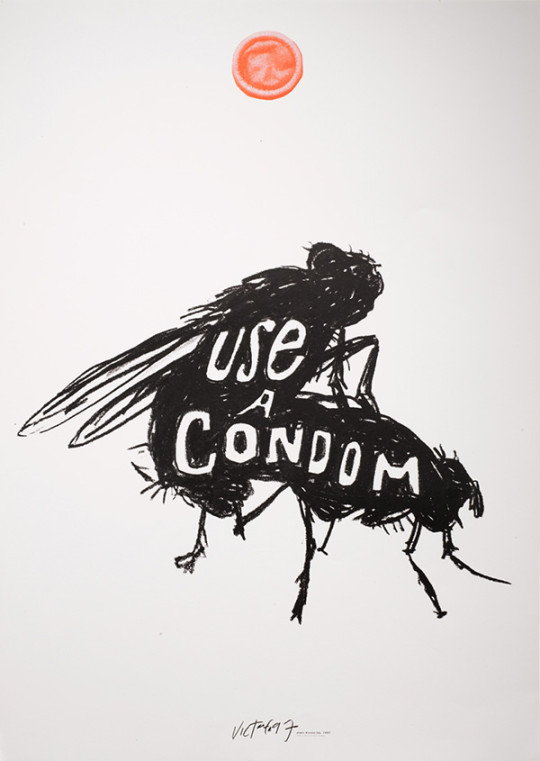

Abram Games
1914-1996 Games was an amazing British graphic designer who was well renowned for his propaganda posters and refined artwork.
He had been a designer for over six decades which is essentially a record of the era's social history. Britains most iconic images include many of Games's work. Games is well known for his bold design approach and beautiful typography.
A few of his works include:
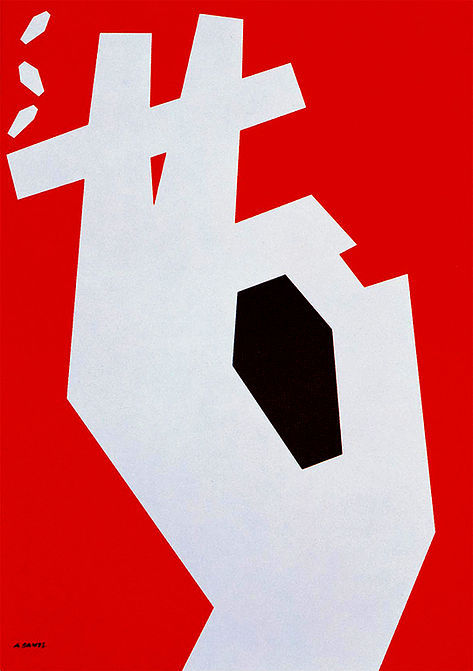

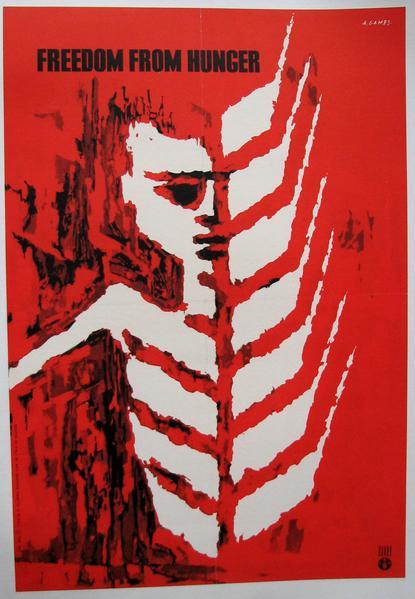


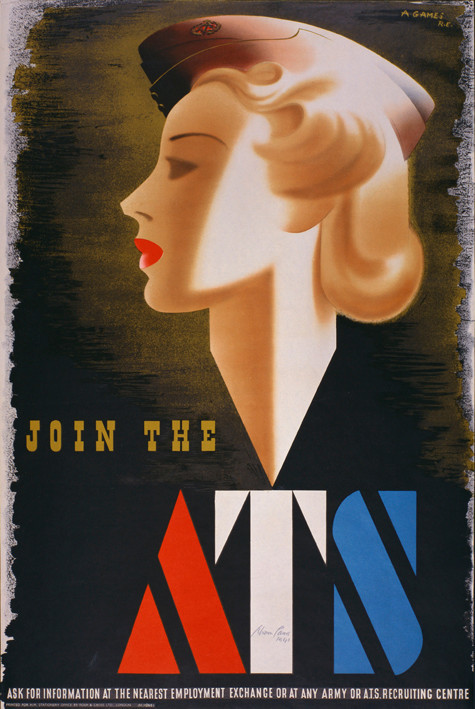
References:
http://www.banksyfilm.com/
https://en.wikipedia.org/wiki/Exit_Through_the_Gift_Shop
Graphic Design: Fine Art or Social Science?
URL: http://www.jstor.org/stable/1511556
http://www.ethicsingraphicdesign.org/morality/social-responsibility/
https://www.itsnicethat.com/features/ethics-graphic-design-essay-131016
http://www.jamesvictore.com/
https://www.behance.net/jamesvictore
https://en.wikipedia.org/wiki/James_Victore
https://www.abramgames.com/about
http://www.artnet.com/artists/abram-games/
https://en.wikipedia.org/wiki/Abram_Games
0 notes
Photo

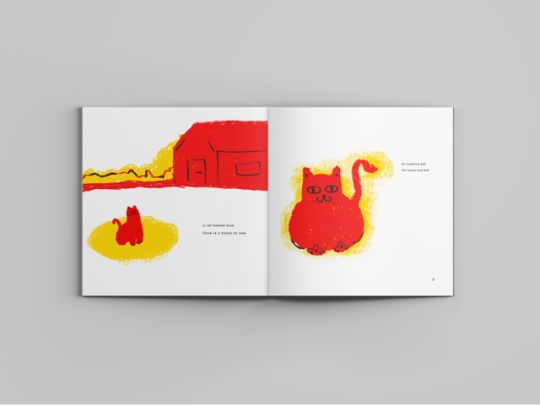
Design Project B
Design Authorship
A Cat named Blue
Option 2
0 notes
Photo
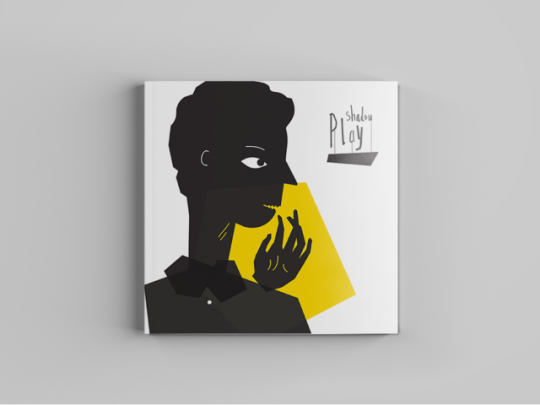
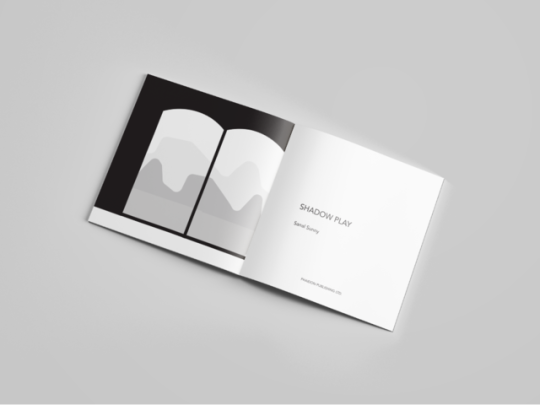
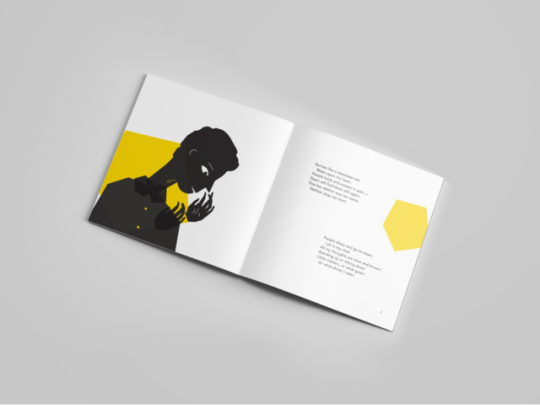

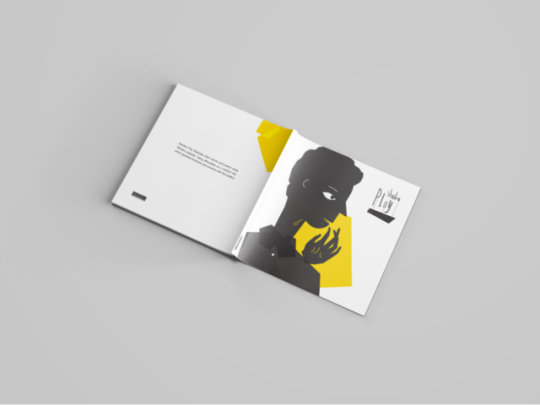
Design Project B
Design Authorship
Shadow play - Mock-up
Option 1
0 notes
Photo
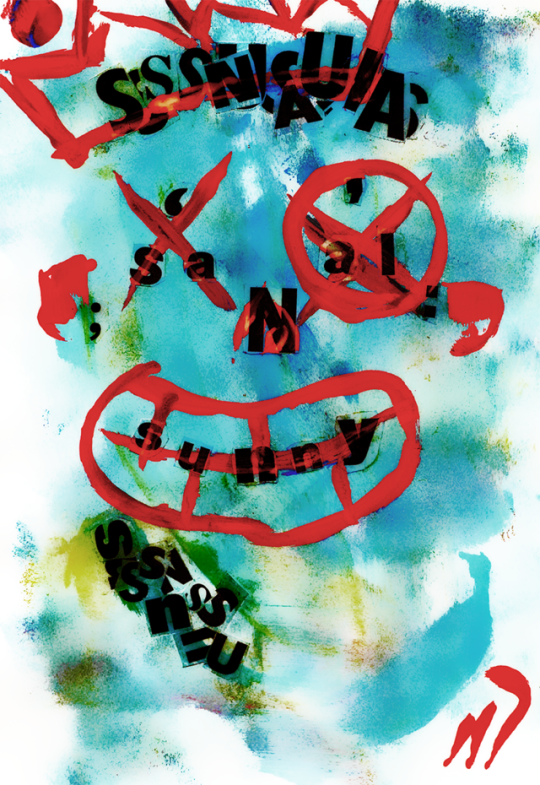


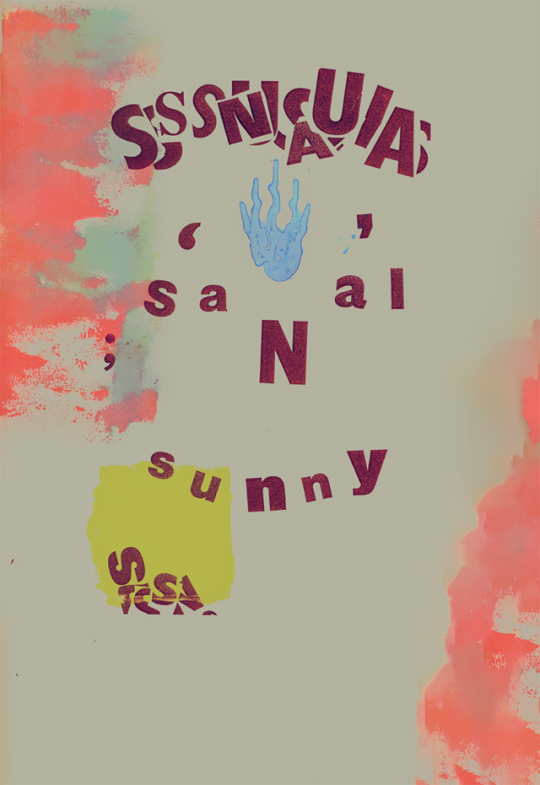
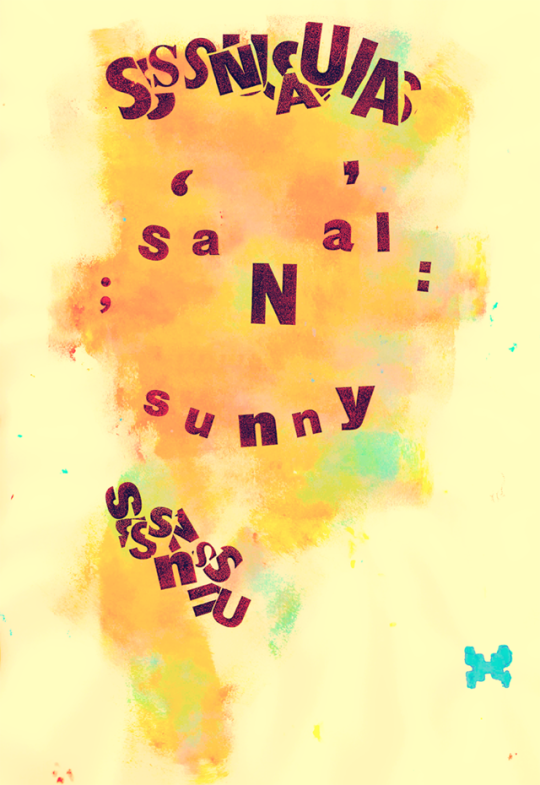
Creative lettering workshop
Type-’face’ design
Using type to design faces
0 notes
Photo
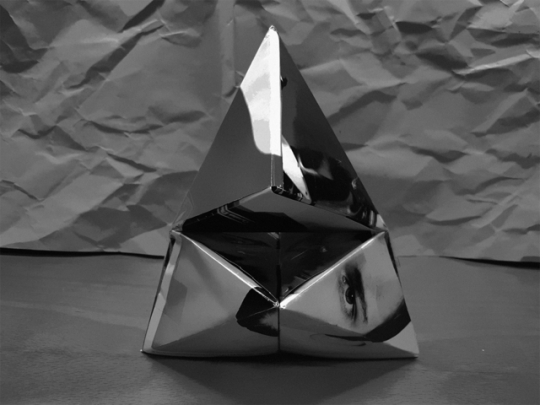

Geometric 3D Letterform - A
1. Letter A made using Origami folding magazine paper.
2. Letter A made using folded paper as the base. I used paper-mache to reinforce it and painted it using acrylics.
0 notes
Photo



Corporate Social Responsibility (CSR)
In Madrigal and Boush's (2008) study finds that Social Responsibility (SR) affects the brand's overall image. Consumers reward the brand depending on the brand's actions.
CSR encourages corporations to be aware of the impact they have on society to the environment.
A Brands personality provides the corporation with an opportunity to build strong consumer–brand relationships (Swaminathan, Stilley, & Ahluwalia, 2009)
The continuing commitment by business to behave ethically and to contribute to economic development while improving the quality of life of the workforce and their families as well as the local community and society at large.
- World Business Council for Sustainable Development (WBCSD)
I will be reviewing CSR for the brand Lush.
Lush –
The few features that they use to push the brand forward are things like being vegetarian with vegan products, being ethically responsible, a company that fights against animal testing etc.
These features, as well as their branding and packaging, made Lush stand out from its competitors.
They have a strong CSR and Environmental policy and the main points are:
Since the early 90s, they have been fighting animal testing. They helped lobby the parliament and helped draft a directive against it.
Ethical buying considering workers’ rights, the environment and sustainability, animal protection etc.
Charity pot, a product that helps lush to donate the proceedings to promote human rights, environmental safety, animal welfare etc.
Lush’s green policy includes tackling issues like:
Keeping environmental issues at heart and creating new green initiatives.
Using recycled materials for packaging, printed materials and black recyclable pots
Promoting recycling usage
Buying energy saving equipment
As a designer, I am willing to grow and use ethical and practical design thinking to take me ahead.
Being transparent and comfortable with my designs and using it for ethical jobs will definitely help me in the future and the earth in on way or the other.
Work with charities and institutions that help cater to a people who need it the most.
Produce work that is not biased or harmful.
Being aware and keeping myself up to date with all the latest news. This will help me to be more knowledgeable about social, political and environmental issues happening all around the world.
Try to give back to the community and let it time to help each other and grow.
References:
Madrigal, R. and Boush, D.M. (2008). Social responsibility as a unique dimension of brand personality and consumers' willingness to reward. Psychology and Marketing. 25 (6), 538-564. Available from http://dx.doi.org/10.1002/mar.20224 .
Swaminathan, V., Stilley, K.M., Ahluwalia, R. (2009). When brand personality matters. Journal of Consumer Research. 35 (6), 985-1002. Available from http://www.econis.eu/PPNSET?PPN=605761965 .
WBCSD. Corporate social responsibility. Retrieved 2 September 2015 from www.wbcsd.
org/work-program/business-role/previous-work/corporate-social-responsibility.aspx.
https://uk.lush.com/article/environmental-policies
0 notes
Photo
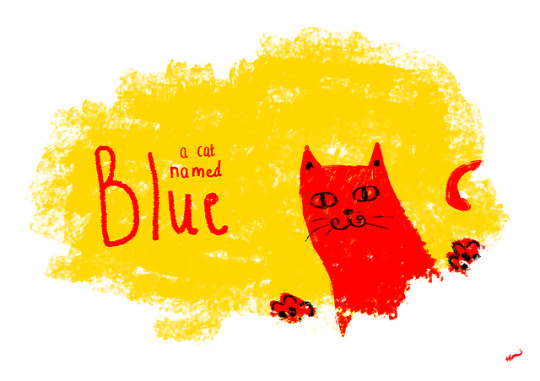
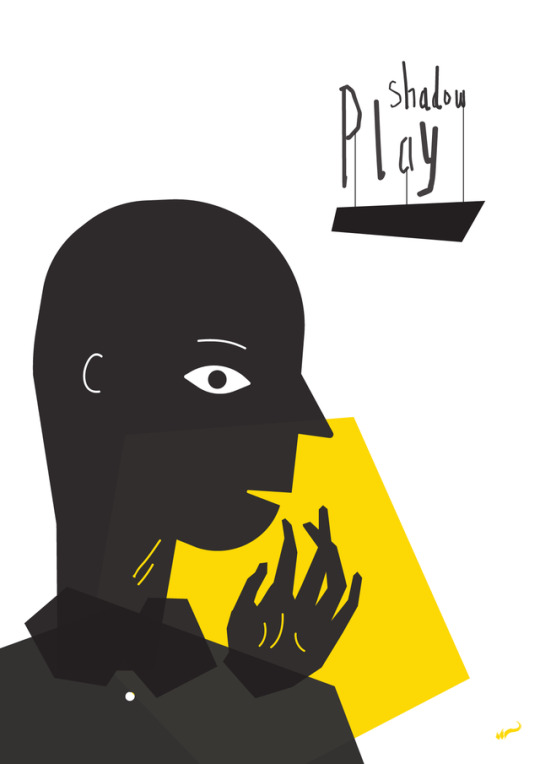
Design Project B,
Design Authorship
Magazine cover designs
/ A cat named Blue
/ Shadow Play
0 notes
Photo

MOVING IMAGE
We have always tried to bring motion and art together. Since the time of cave paintings, we loved to tell stories. Be it cave paintings in France/Spain or wall decorations in Egypt to vessel paintings in Greece.
Optical inventions were popular before animation came into existence. Still images were used to create the effect of motion.
The 1820s - The Thaumatrope was one of the earliest instrument that helped to create the illusion of motion.

The 1890s - Many years later the Cinematographe was invented which was the first mass-produced camera printer projected of modern cinema.
People started experimenting with filming and this led to making drawings which have the illusion of life. Classical animation has its roots in newspapers and comic strips.
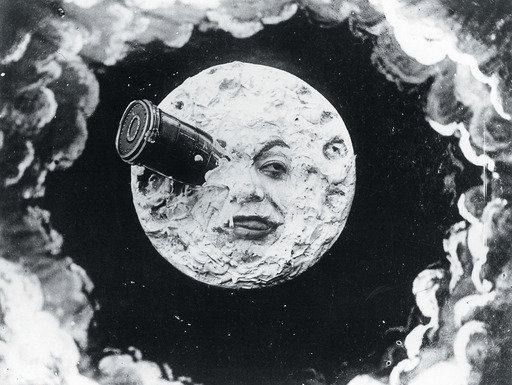
1902 – Stop motion animation was used by French artist George Méliès in his film A trip to the moon. It used special effects like double exposures, fades, superimposed images etc.
1906 – J. Stuart Blackton experimented with film and discovered that exposing one frame at a time a subject could be manipulated between exposures to create the illusion of motion. Using this method he created the film Humorous Phases of Funny Faces.
1908 – Known as the father of French animation – Emile Cohl created his first film Fantasmagorie. He combined hand-drawn content with live action.
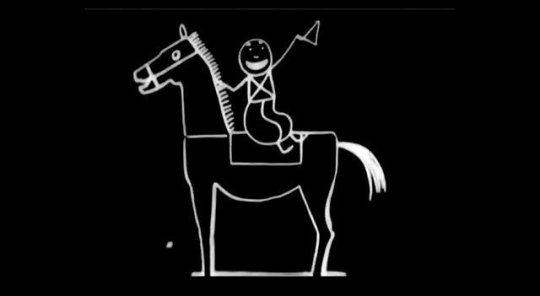
1910 – Cell animation was developed by Earl Hurd. Artists like Max Fleischer who created Betty Boop, Walter Lantz who created Woody Woodpecker and Paul Terry who created Terrytoons used cell animation.
1914 – Winsor Mccay and American cartoonist brought his character Gertie the Dinosaur to the big screen. It was projected on screen and Mccay would interact with the character.
1917 – Max Fleischer created a technique called Rotoscoping which involved tracing over live-action film footage to create lifelike movements. He also created the Rotograph which helped place animated characters in live-action scenes.
1919 – One of the most famous character Felix the cat was created by an Australian cartoonist Pat Sullivan and it was animated by Otto Mesmer.
From the 1920s there was a slight shift where artists began to use animation purely for art and started experimenting with it and also rejecting classical representation.
Artists like Len Lye started to make animation by painting and screeching onto 35mm celluloid.
Similarly, Norman McLaren who is known as a Poet of animation started to create films that experimented with a wide range of techniques. Film Fiddle-de-Dee(1947)
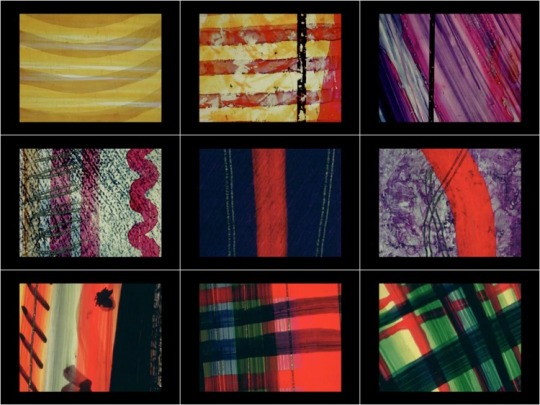
The 1930s – German animator Lotte Reiniger was well known for her silhouette puppet cut out animation films. She created full-length feature film The Adventures of Prince Achmed which was among the first animated motion picture.
One of the famous experimental filmmaker Oskar Fischinger created many abstract animation films
The 1950s – Saul Bass an American Graphic designer created incredible opening sequences that gained wide public attention.
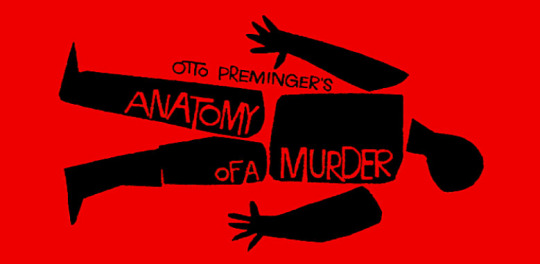
Maurice Binder created opening sequences for classic James Bond movies and they gained immense popularity.
One of the most well-known filmmaker, Terry Gilliam produced stop-motion collage animation openings for Monty Python.
The 1960s – Jan Švankmajer, one of the most notable filmmaker in Europe created bizarre and surrealistic films. Using a wide range of techniques he used to combine object animation and live action.

Since the 1960s digital means of working has been introduced and many artists began exploring these options.
John Whitney was one of the pioneers of motion graphics where he used computer graphics to achieve amazing results.
Stan Vanderbeek was a prominent filmmaker who used computer graphics. He used different methods to get his films across. He invented the Movie-Drome theatre which is a 360 degree overhead projection area. He also created digital mosaics which when viewed from a distance becomes a recognizable image.
Current trends include mixing 2D graphics with 3D animation and creating a pleasing aesthetic.
The use of typography in different ways like kinetic type or animated dynamic type helps to get the message across.
Gifs are more popular than ever and many applications and platforms are using gifs as a way to express ideas effectively.
The 360 experience – Using cameras that capture video at 360-degree help create an immersive experience. Platforms like YouTube actively encourage this technology.
Augmented reality helps to integrate the digital world with the user's world in real time. It has been used widely now in applications and gadgets like Google Glass, Pokémon Go etc.
Virtual Reality is the future and it has been growing rapidly ever since. Combining animation and effective design VR can be a great medium for storytelling and giving the audience a unique experience. It is being widely used now.
Mixed reality – It is merging the real and the virtual worlds to visualise a place where both the physical and digital things co-exist. It is an immersive technology which engages the user in a very interactive way. It is a mix of Augmented reality and Virtual Reality. The most famous product that uses this technology is Microsoft HoloLens.
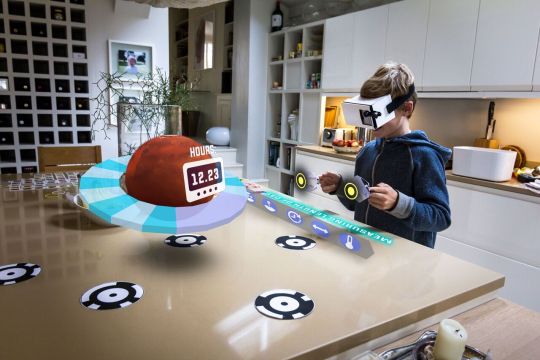
Due to rapid changes in technology and the introduction of the virtual world, I think the future might bring some amazing changes from the way art is created to how the audience views the content.
References
Bendazzi, G., author and Bendazzi, G.a. (2016). Animation. Volume III, Contemporary times : a world history Boca Raton, Florida : CRC Press.
Furniss, M.a. (2016). A new history of animation New York : Thames & Hudson.
Giannalberto Bendazzi. (2015). Animation: A World History Focal Press - M.U.A.
Jon Krasner. (2013). Motion Graphic Design, 2nd ed. Focal Press.
Sito, T., 1956- (2013). Moving innovation : a history of computer animation Cambridge, Massachusetts ; London: Cambridge, Massachusetts ; London : The MIT Press.
1 note
·
View note
Photo



Design Project B,
Design Authorship
3D Alphabet design using the objects around me.
0 notes
Photo
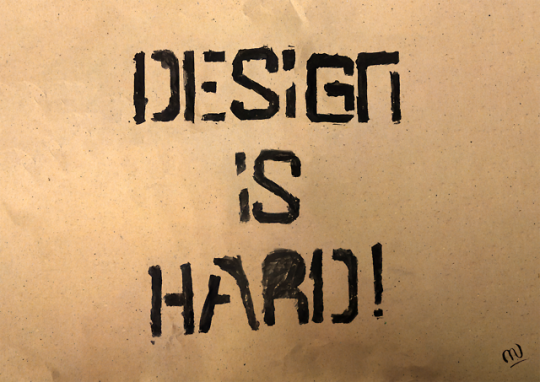
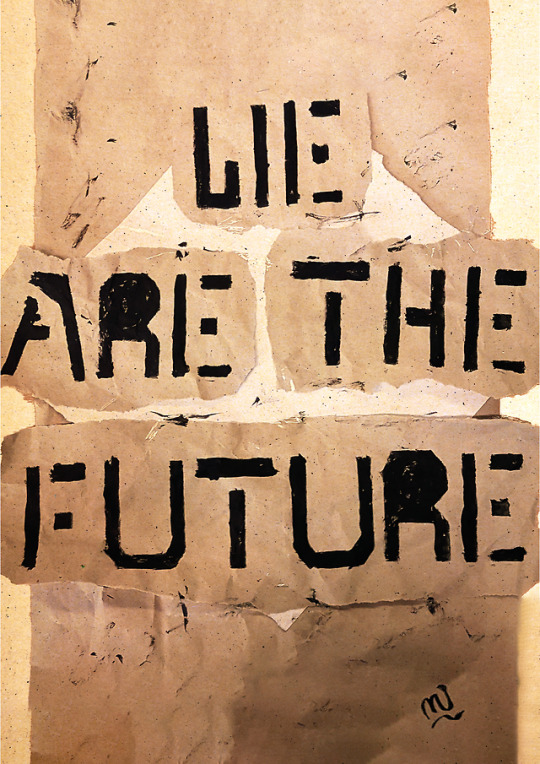
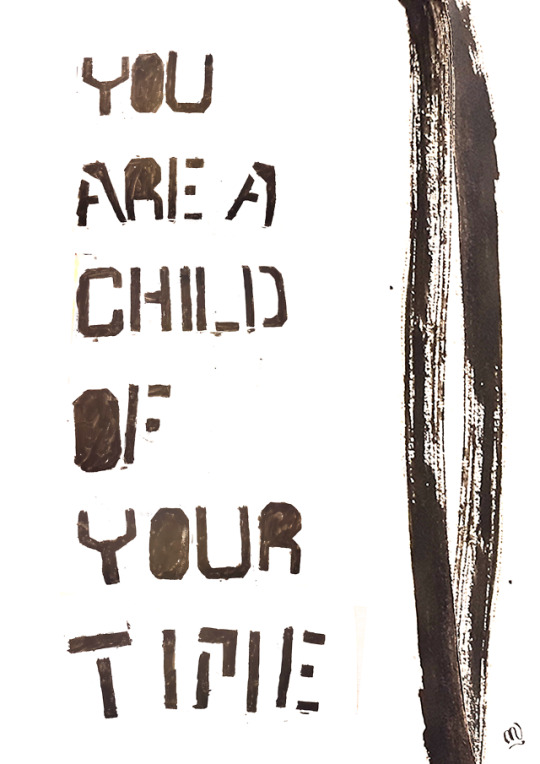
Design Project B
Design Authorship
I designed a stencil typeface and based on the type I did a few posters.
1 note
·
View note
Photo
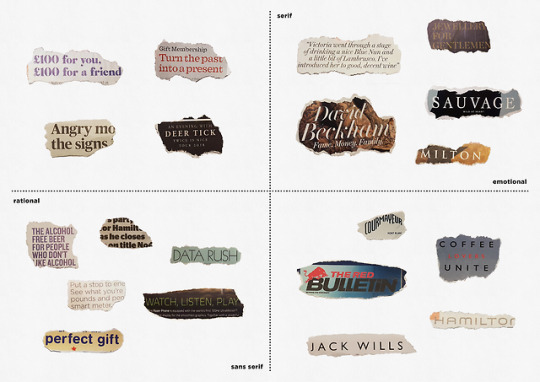
Positioning diagram
Diagram of Rational and Emotional, Serif and Sans serif typefaces collected from magazines and newspapers.
0 notes
Photo




Maxxi Museum, Italy.
Type used - Gotham
0 notes
Photo

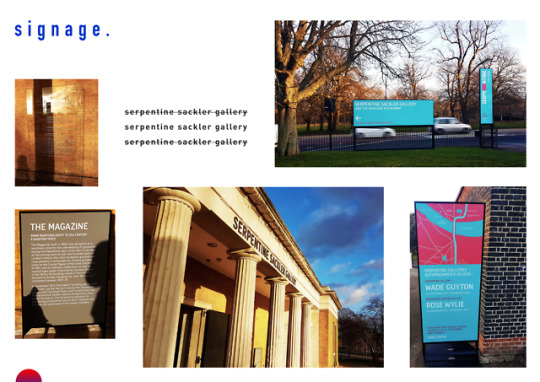


Signage - Serpentine Sackler Gallery
0 notes